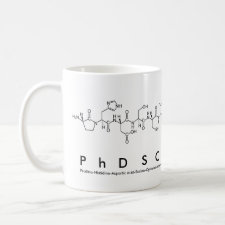
Authors: Sabán López A, Paredes Ramos M, Herrero R, López Vilariño JM
Article Title: Synthesis of magnetic green nanoparticle - Molecular imprinted polymers with emerging contaminants templates.
Publication date: 2020
Journal: Journal of Environmental Chemical Engineering
Volume: 8
Issue: (4)
Article Number: 103889.
DOI: 10.1016/j.jece.2020.103889
Alternative URL: https://www.sciencedirect.com/science/article/pii/S2213343720302372
Abstract: Iron nanoparticles synthesis by an oxidation reaction is the traditional method to obtain these nanoparticles. Nowadays, new synthesis methods are being investigated to promote green chemistry. In this work, nanoparticles were performed from eucalyptus extracts and they were synthesized using a green chemistry method. Eucalyptus extracts is a material abundant in Galicia forests, so it makes them very attractive for economic, availability and reuse issues. Both types of nanoparticles were synthesized with molecular imprinted polymers (MIPs). These are materials with specific and selective analyte recognition capabilities. However, when the available sample volume in very low, the handling of polymer in liquid matrixes is complex and, for this reason, polymers were prepared attached on magnetic nanoparticles, to combine the pre-concentration capability of MIPs and the magnetic capability of nanoparticles. Green nanoparticles (GNPs) present higher adsorption capacities than chemical nanoparticles (CNP) due to the organic material which is present in the extract. The adsorption capacity with green nanoparticles was increased by more than 100 % in all cases, in relation to the adsorption value of the chemical nanoparticles. Adsorption kinetic mechanisms is suitable descripted by pseudo - second order model and thermodynamics results show Langmuir isotherm is suitable to explain the adsorption of interest molecules
Template and target information: nanoparticles
Author keywords: Magnetic molecular imprinted polymers, Green nanoparticles, Emerging contaminants, kinetics, thermodynamics



Join the Society for Molecular Imprinting

New items RSS feed
Sign-up for e-mail updates:
Choose between receiving an occasional newsletter or more frequent e-mail alerts.
Click here to go to the sign-up page.
Is your name elemental or peptidic? Enter your name and find out by clicking either of the buttons below!
Other products you may like:
 MIPdatabase
MIPdatabase









